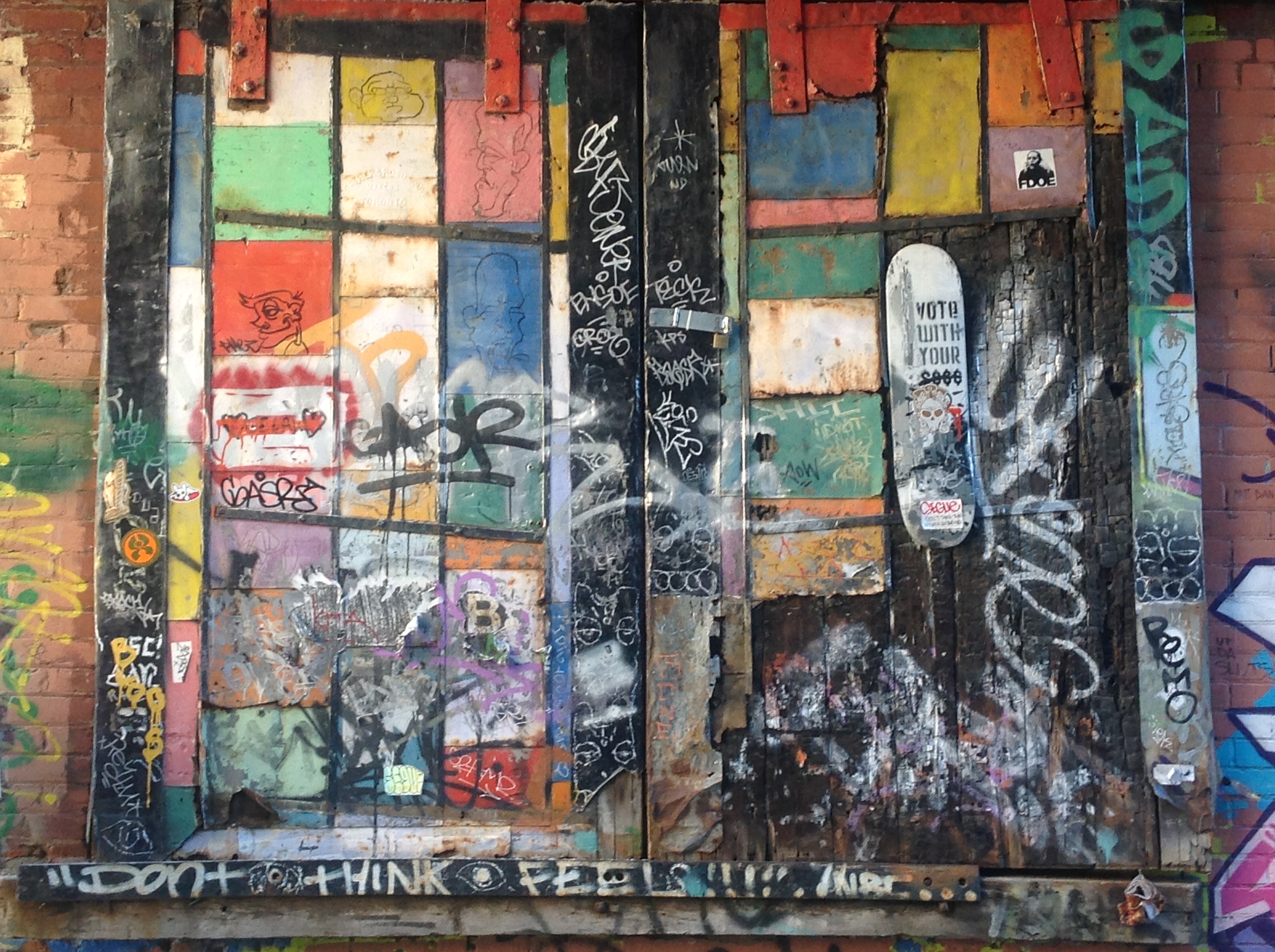Blog Contest: Is It Time to Broaden the Lens of Museum Education and Consider ‘Reculturing’ in Museums Today?
28 May 2013 - 3:27pm
 Traditionally museums were places of "high" culture, places that developed during the times of the industrial revolution and during the Victorian era. They displayed models of industrial innovation as well as historical artifacts for the benefit of the working and middle classes, while also promoting cultural and nationalistic values of the nation-state. Today however, both privately and publicly funded museums are places where historical education for students and masses of tourists happens constructively, outside of the classroom. Museums are places “where we not only see evidence of the past and explore how others have interpreted it, but also where we can learn how to ‘do history for ourselves.’” (M. Christine Castle, 1). Museums today don’t simply display antiquated objects; with the support of museum educators, interpreters, historians and community partners, they interpret historical artifacts and reproductions, offer unique educational programs and are centres for ongoing historical dialogue and debate.
Traditionally museums were places of "high" culture, places that developed during the times of the industrial revolution and during the Victorian era. They displayed models of industrial innovation as well as historical artifacts for the benefit of the working and middle classes, while also promoting cultural and nationalistic values of the nation-state. Today however, both privately and publicly funded museums are places where historical education for students and masses of tourists happens constructively, outside of the classroom. Museums are places “where we not only see evidence of the past and explore how others have interpreted it, but also where we can learn how to ‘do history for ourselves.’” (M. Christine Castle, 1). Museums today don’t simply display antiquated objects; with the support of museum educators, interpreters, historians and community partners, they interpret historical artifacts and reproductions, offer unique educational programs and are centres for ongoing historical dialogue and debate.
In diverse museum galleries and classrooms around the world, historical interpreters/docents lead guided tours, teach specialized educational programs, (based on different themes and geared to the age group of the participants) and conduct exciting laboratory activities, which can engage participants in historical thinking and “doing.” However, as museum educator and consultant Christine Castle suggests, historical interpreters will have to become masters of the (historical) discipline by being listeners, supporters, prodders and negotiators of history for the visitors who they ‘apprentice’, “if museums are to be model institutions where visitors learn the ways of history” (Castle, Teaching History in Museums, 2).
Castle’s qualitative research on the training of museum educators in Canada and the United States has shown that a lot of the training is quite prescriptive and exhaustive! Furthermore, despite the common and extensive training programs, each museum educator brings their own background (some as former school teachers, others with no formal historical training, others who have worked with children) to their facilitation and also has different expectations, goals, and strategies. The engagement and response of the students they are working with can also affect the delivery and outcomes of the programming. Therefore that flexibility and adaptability are the most important components of the museum educator’s toolbox!
Today, in order to equip museum staff to be more welcoming and supportive to visitors from all around the world and who represent a broad spectrum of ethnic, cultural and linguistic communities, many museums are reconceptualising the ways that they are training their staff. Ash and Lombana write about the process of "reculturing" institutions and staff members. This process involves the “shifting of core values and practices of museum communities, starting with their teaching practices” (Ash and Lombana, 71). Essentially, the visitor’s needs are at the forefront of the decision-making of the institution, encouraging them to consider their purposes, practices, values and beliefs (Ash and Lombana, 71). The professional development for "reculturing" involves training staff in listening and welcoming, knowledge of Vygotsky’s scaffolding model, and discussion on how to increase practices of equity, access, and considering power relationships within the museum (Ash and Lombana, 71).
While it is evident that museums have begun to make strides in providing professional learning opportunities for their own staff, Ash and Lombana’s research suggests that the progression of professional development needs to continue to evolve in order to address issues of equity, access and power. I would argue that considering how each institution is different, a greater forum must be created for museums and educators to share their best practices for how to "reculture" their museums so that all visitors will feel welcomed, engaged and included in the learning that happens in museums today.
What do you think?
References:
Ash, Doris, and Judith Lombana. “Reculturing Museums: Working Toward Diversity in Informal Settings.” Journal of Museum of Education. Volume 38. No. 1 (March 2013): 69-80.
Castle, M. Christine. “Blending Pedagogy and Content: A New Curriculum for Museum Teachers.” The Journal of Museum Education. Volume 31, No. 2, Expanding Conversations: How curriculum theory can inform museum education practice. (Summer 2006): 123-132.
Castle, M. Christine. “Teaching History in Museums.” Ontario History . Volume XCIV, Number 1, Spring 2002: 1-18.
Photo: Street Art in Toronto, Author's photo.

